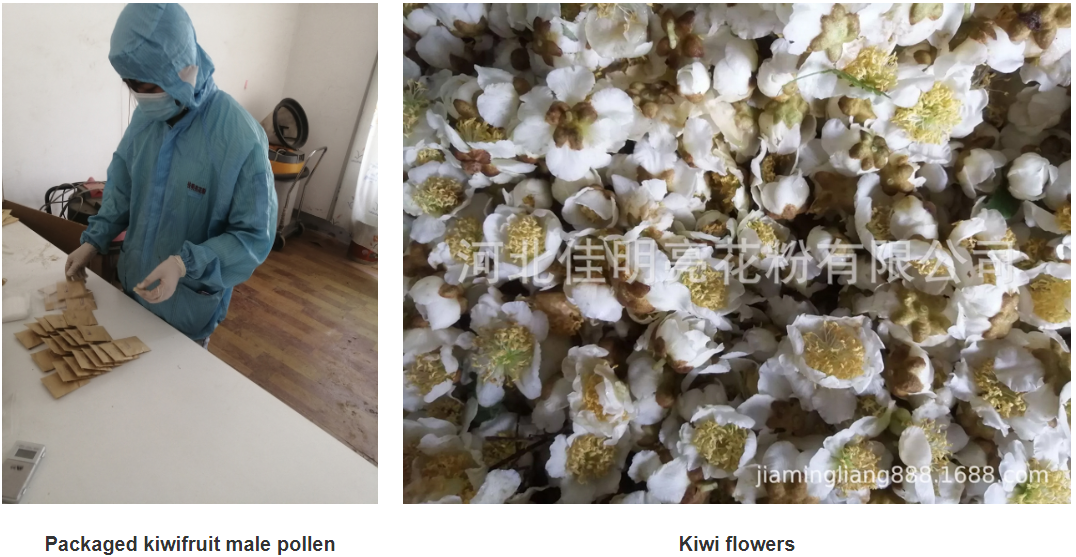Nov . 18, 2024 04:21 Back to list
Tree Fruit Protection Bags for Safe and Healthy Harvests
When it comes to caring for fruit trees, one of the most effective tools at your disposal is the use of fruit bags. These bags not only help to protect the fruits as they grow but also improve their quality and yield. The concept of using fruit bags is not new, but it has gained popularity as more gardeners and orchardists recognize their benefits.
Fruit bags are typically made from breathable fabric or paper materials that allow air and moisture to circulate while providing a physical barrier against pests, birds, and harsh weather conditions. They come in various sizes and types, making it easy for gardeners to find the perfect fit for their specific fruit trees.
One of the primary advantages of using fruit bags is pest control. Fruit trees are often susceptible to a range of pests, such as codling moths and fruit flies, which can wreak havoc on the crop. By placing bags over the developing fruits, you can significantly reduce the likelihood of infestations, thus minimizing the need for chemical pesticides. This not only leads to healthier fruit but also promotes a more eco-friendly gardening approach.
Additionally, fruit bags offer protection from birds that are notorious for pecking at ripe and overripe fruits. With a bag, you can ensure that your hard-earned harvest remains intact. Moreover, these bags shield fruits from harsh environmental factors like heavy rain, hail, and extreme sunlight, preventing damage that could reduce the overall quality of your produce.
fruit bags for trees products

Another benefit of using fruit bags is the enhancement of fruit quality. When fruit is left exposed to the elements, it can suffer from sunburn or uneven ripening. Fruit bags help regulate temperature and humidity around the fruit, promoting more uniform growth and preventing blemishes. This means you can enjoy perfectly ripe, blemish-free fruits when it’s time to harvest.
Using fruit bags also allows for better cleanliness in your orchard or garden. Fallen fruits can attract pests and diseases. When fruits are bagged, there’s less chance of overripening and dropping on the ground, thus helping to maintain a cleaner growing environment.
In terms of application, it’s best to bag the fruits early in their development, ideally when they are still young and small. This gives them the greatest level of protection as they grow. Care should be taken to ensure that the bags are securely attached but not so tight that they restrict growth.
In conclusion, fruit bags for trees offer an effective, environmentally friendly approach to securing fruit quality and quantity. By protecting fruits from pests, environmental factors, and contamination, gardeners can enjoy more bountiful and superior harvests. If you’re serious about fruit growing, investing in quality fruit bags is a step toward enhancing your gardening success. Whether you are a hobbyist or a commercial orchardist, fruit bags could be the solution you’ve been searching for.
-
Pollen Peach Tree for Pure Pollination and High-Quality Peach Pollen
NewsJul.30,2025
-
Premium Cherry Pollen for Pure Pollination & Different Types
NewsJul.30,2025
-
Artificial Pollination Solutions for Various Plant Pollen Types
NewsJul.29,2025
-
Artificial Pollination Solutions for All Plant Pollen Types
NewsJul.29,2025
-
Premium Plant Pollen for Pure Pollination & Pollen Block Solutions
NewsJul.29,2025
-
Artificial Pollination Solutions for Efficient Crop Yields
NewsJul.28,2025